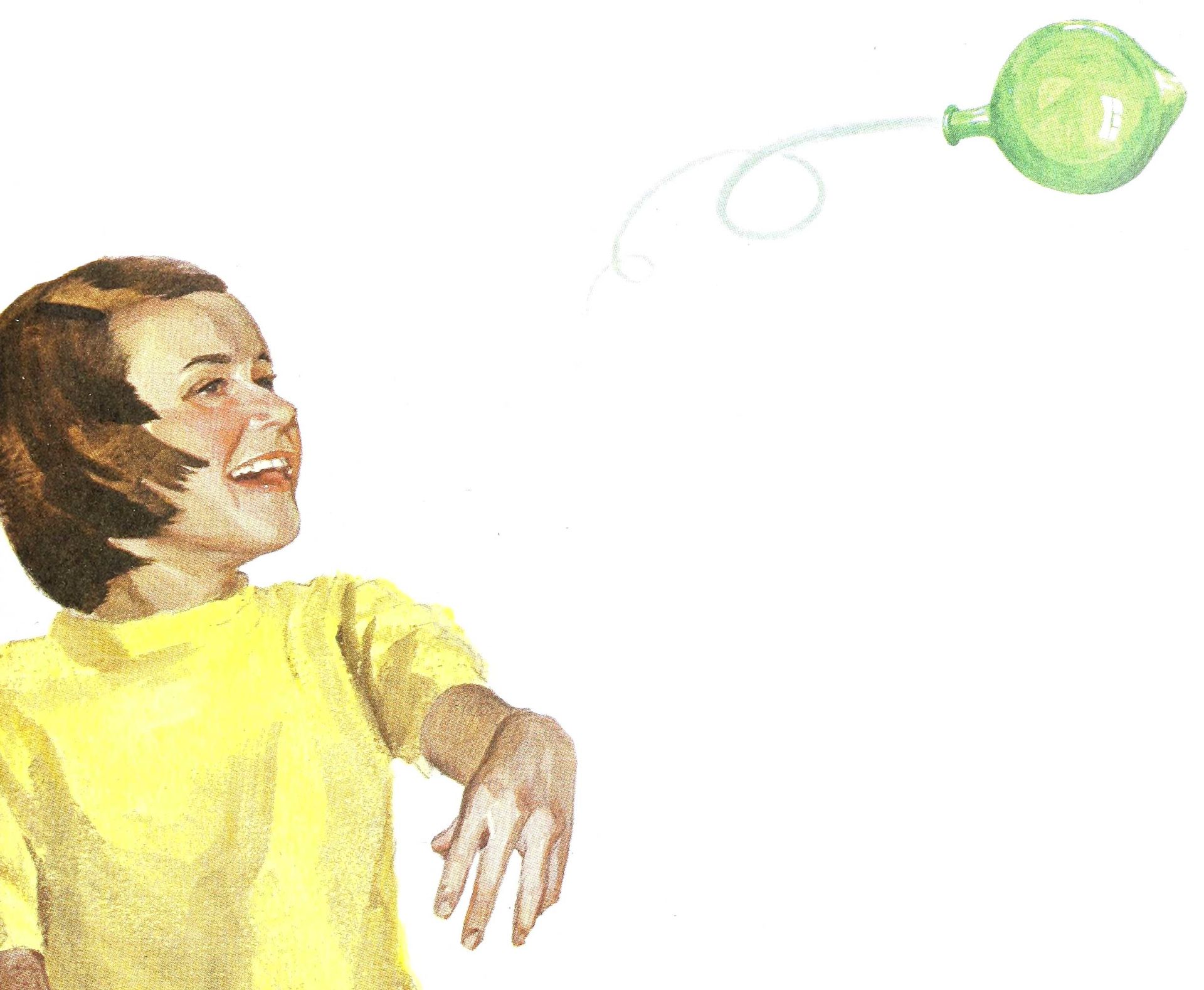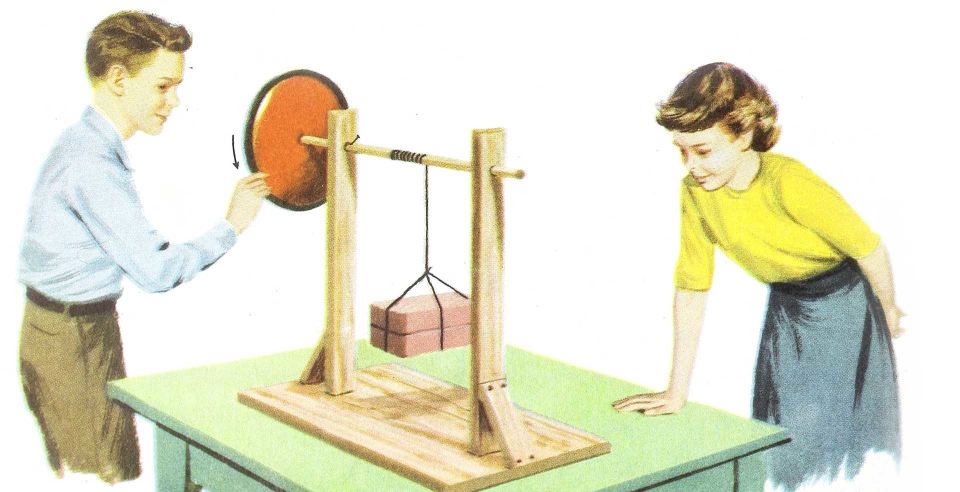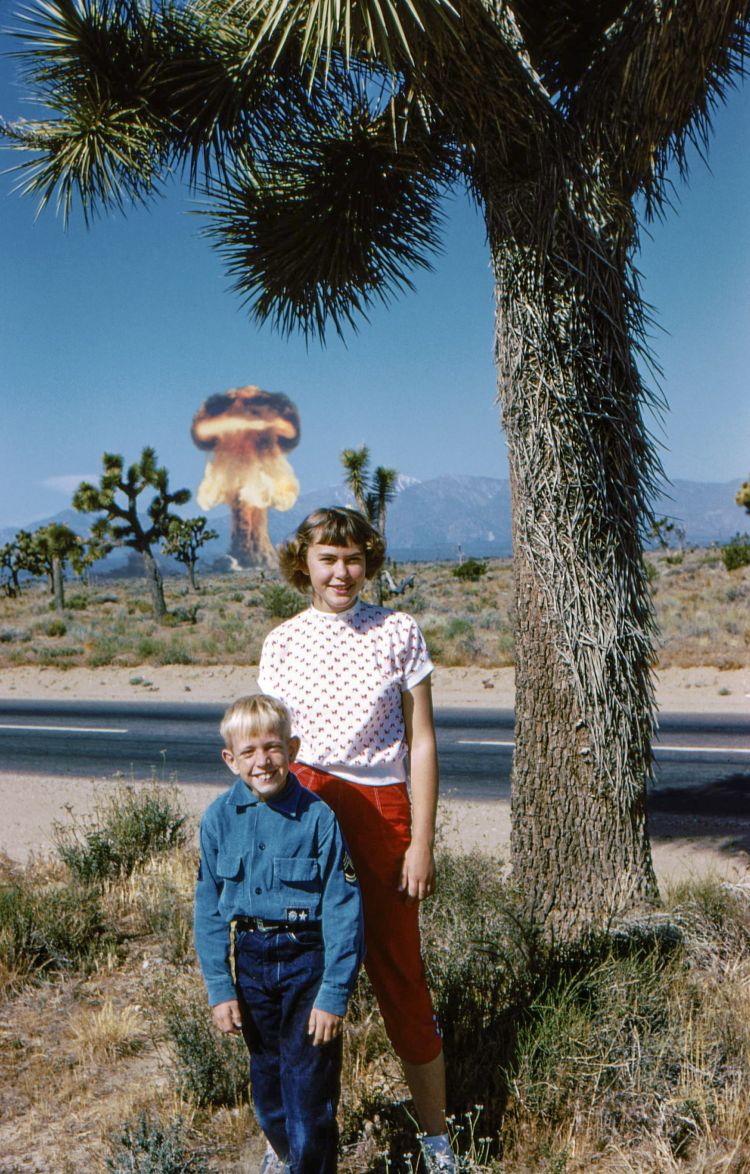We are a group of creative people who help organizations make their ideas beautiful.
The War on Creativity
Is the modern workplace hostile to creative thinking? And if so, what should we do about it?
For a long time, people needed me to explain the show Mad Men to them. It was kind of a problem.
Because I was a creative director and went to college with Jon Hamm (we weren’t friends), people just assumed I watched it (I didn’t). And they always had the same burning questions: “Is it accurate? Is advertising really like that?” There was often a slightly cruel and expectant glint in their eye, as though they were waiting for me to defend day drinking and infidelity.
Finally, I did watch the show, and it made me profoundly depressed. Not because of the infighting, alcoholism, stress or misplaced triumphalism. That all seemed pretty fair. It was because the creatives in the show’s fictional agency had whole, unbroken days to sit and think. Modern advertising bears no similarity to that world. Zero.
Based on surveys in our own agency, the average modern creative receives 50 emails a day, and will spend roughly 10 hours a week in meetings. That’s during normal, relatively calm periods. We also use Slack for intra-team communication, and the average person is subscribed to at least 15 channels. Conservatively, that means they are exposed to about 100 Slack messages every day.
So, just to run through the basic math: if an email takes one minute to read, and a Slack message takes fifteen seconds, that means most creatives spend about an hour and fifteen minutes a day just keeping up with feedback and gossip. Add meetings into the mix and most of us devote three and a half hours—almost half of our workday—to what we can politely refer to as meta-work, or work that is technically part of our jobs, but contributes almost nothing to our central responsibility of creating things. (Frankly, we’re doing better than most. A 2012 study by McKinsey shows that the average knowledge worker now spends more than 60% of his or her time either communicating electronically or searching the Internet.)
Most creatives spend about an hour and fifteen minutes a day just keeping up with feedback and gossip.
But that’s not the real cost. It’s not even close.
The real problem with the modern workplace is that, in conjunction with the proliferation of social media and digital devices, it has created a culture of “busyness.” And busyness kills creativity. That’s not my opinion; that’s science.
Recent research shows that creativity requires switching between two mental modes: linear thinking, which required intense focus, and creative thinking, which is borne out of idleness. That’s right. Before you can be truly creative, you have to be bored.
That's right. Before you can be truly creative, you have to be bored.
Being constructively bored means carving space in your day for lying around, meditating, or staring off into nothing. This is essentially impossible when every free moment—at work, in line, at a red light—you’re reaching for your phone. Your brain’s attention system becomes accustomed to constant stimulation; you grow antsy and irritable when you don’t have that input. You’re addicted to busyness.
And here’s the really bad news. According to Cal Newport, author of Deep Work: Rules for Focused Success in a Distracted World, constant busyness can actually rewire our neural patterns:
“Spend enough time in a state of frenetic shallowness and you permanently reduce your ability to do deep work.”
— Cal Newport
OK, that’s the problem. What’s the solution? At Paradowski, we’ve tried a number of things. Here are some that are working:
1.
Schedule time to think.
Every Tuesday and Thursday, from 8:30 am to 2 pm, is High-Efficiency Time. We don’t have internal meetings, and we try hard not to schedule client meetings that involve members of the creative team. People tend to be most creative in the morning, when their executive brain functions are still sleepy and non-intrusive. Having five and a half hours to luxuriate in this flow state means we can make massive progress before meetings, feedback and push notifications break our attention into tiny, inconsequential fragments.
2.
Free people to be creative.
Like many modern workplaces, we have an open floor plan. It’s wonderful for collaboration and general teamwork. It’s not always great for concentration. Therefore, we encourage people to work whenever and wherever they are happiest and most creative. They go to coffee shops, libraries, museums, their own home offices, etc. Our most valuable contributions are ideas. It doesn’t matter where we’re sitting (or standing, or walking) when we come up with those.

3.
Discourage unnecessary interruptions—to work and to life.
It’s weirdly satisfying to send out a bunch of emails, especially right before we go to bed. Why is this? Maybe it’s because digital communication feels like such a treadmill, we relish the idea of being temporarily caught up (even if it’s just for a few fleeting moments before we close our eyes). But the pleasure we feel is rarely worth the burden it places on the recipient. Are most emails worth turning our attention away from friends, spouse or children? Is any email? The pernicious effects of the never-ending workday were so frustrating for the designer Brunello Cucinelli, he now forbids his employees from sending emails to each other before 8 am or after 5:30 pm. At 5:30 every day, he turns off the electricity at their offices in Solomeo, Italy. Lights out, go home, live your lives. He claims he has never called an employee on a Saturday or Sunday.
“It is a question of respect....no one is allowed to [call on the weekends]. We must discover this, because if individuals rest properly, then they work better.”—Brunello Cucinelli

4.
Build a culture that rewards daydreaming, deep thinking and play.
A few months ago, we gave every creative and developer in the company a budget of 10% of their billable time to put toward exploring self-improvement and personal projects they believe might have value for the company. We earn this time back in the form of happier, more creative thinkers, and by assiduously looking for ways to eliminate wasted time and energy (meetings and after-hours distractions).
5.
Be honest about distractions, and build solutions into your process.
We’ve been experimenting with something Jeff Bezos does at Amazon. At the beginning of any meeting where participants need to have equal, deep knowledge of a given document (a creative brief, a presentation deck, etc.), we devote the first 10-15 minutes to quiet, individual reading. It seems weird at first, but it’s really the only way in today’s hectic work environment to ensure everyone has sufficiently focused on the task at hand. There’s nothing more wasteful than having half the people in a meeting bluffing their way through a discussion for which they aren’t sufficiently prepared.
Ask any CEO what his or her company is busy trying to achieve, and they’ll undoubtedly say: “Innovation.” Yet, what is the first thing that dies in organizations that lionize busyness? Innovative thinking.
The modern workplace therefore presents us with a difficult paradox: Deep thinking and true creativity are becoming rare at exactly the moment when they are most needed.
As average companies become increasingly “busy” and shallow in their thinking, there is a huge opportunity for organizations that can carefully build cultures of reflection, depth and true creativity.
To the thinkers go the spoils.


